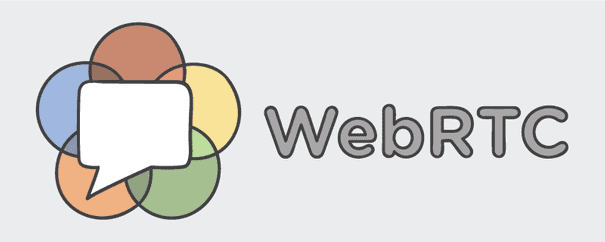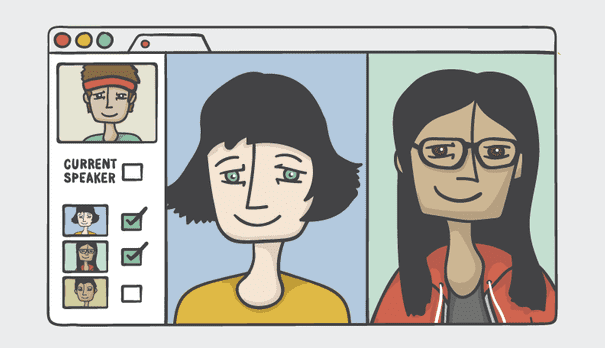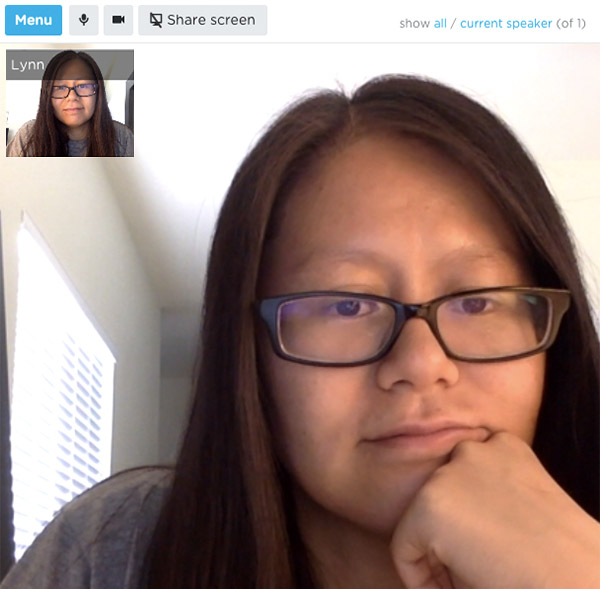Node.js is a platform for running JavaScript (ECMAScript) that is powered by Google Chrome’s JavaScript engine, V8.
V8 pushed JavaScript forward in terms of speed when it was first released, but hasn’t been keeping up with the accelerated pace of the ECMAScript Standard.
We’ll likely see a new release of the spec every year, but V8 is lagging far behind Mozilla’s SpiderMonkey and Microsoft’s Chakra in terms of support for ECMAScript 2015 (aka ES6).
Node.js developers that have been eager for ES2015 features that V8 doesn't yet support have turned to Babel.JS for compiling their ES2015 code into ES5 code, but this only works for syntax features like arrow functions.
There are features within ES2015 that Babel.JS can’t emulate because ES5 fundamentally lacks the ability accomplish these features in any reasonable way, namely the Proxy constructor and extending built-in objects like Array.
[Update: This controversial statement has been too distracting.] The Node.js Foundation would be wise to migrate to Chakra, because Google’s updates are coming in at a trickle while Microsoft’s are roaring in like a river, but that’s not really the point.
The point is that these features are coming regardless, and you can play with them now.
With an annual ECMAScript releases adding new features, Microsoft's Node.js Chakra fork will continue to outpace Google's V8 engine by months.
So long as Microsoft maintains their fork, we’ll be able to preview features that aren’t yet ready in V8.
In order to use Microsoft's fork, you need a Windows 10 machine with the November update.
It’s a huge update, so just because you have auto-updates enabled doesn’t mean that you have it (this messed me up).
For the full instructions, look at an individual release on github, currently v1.3.




